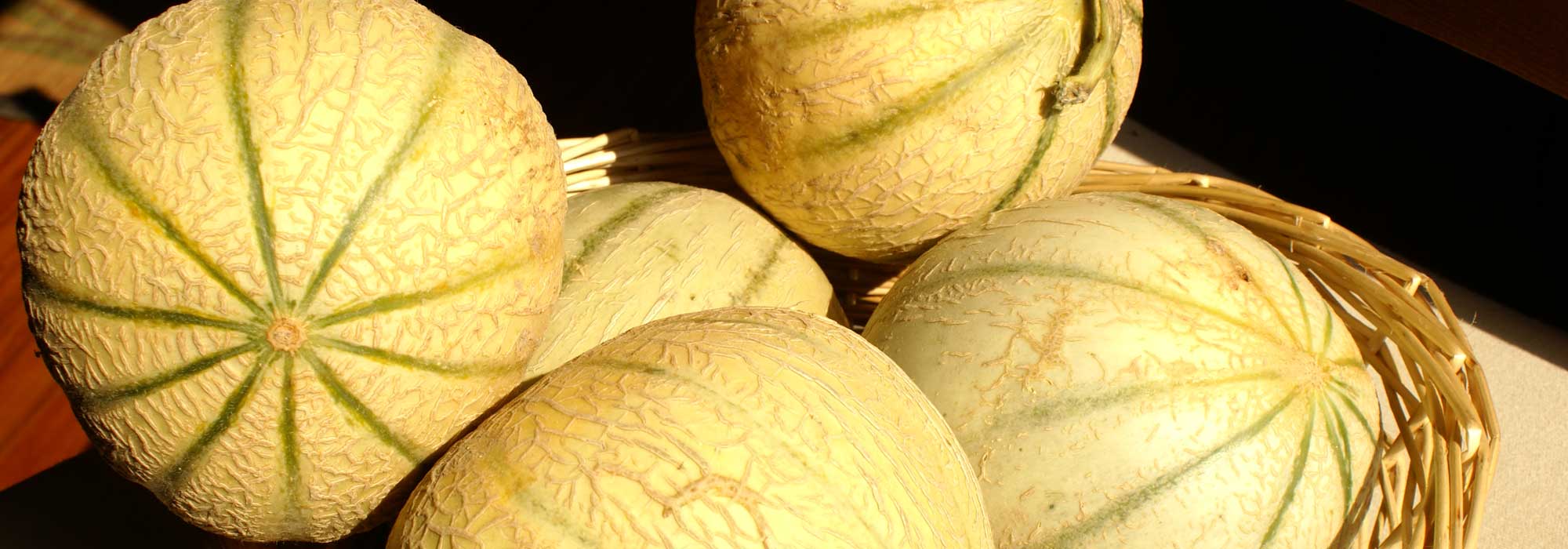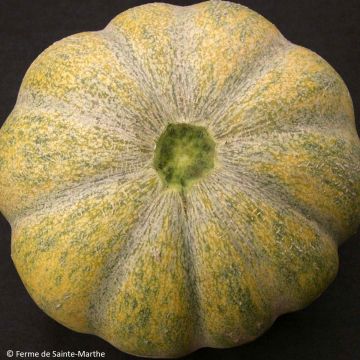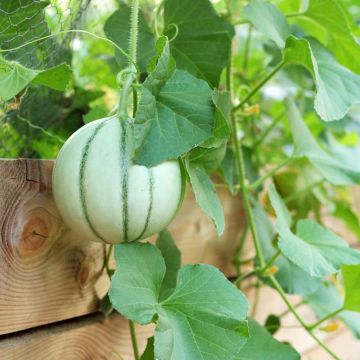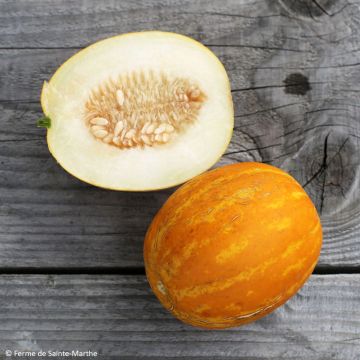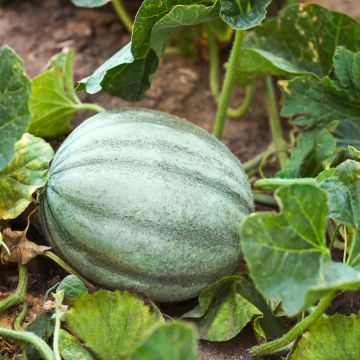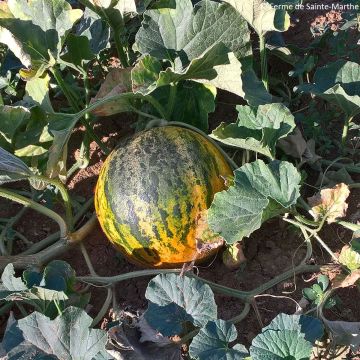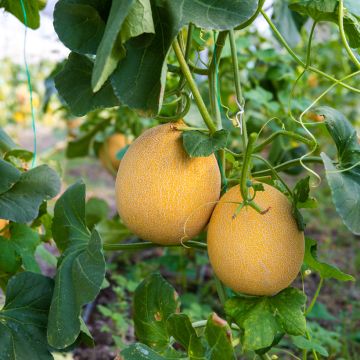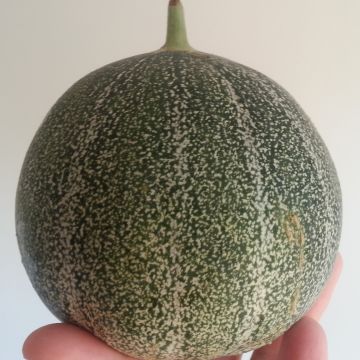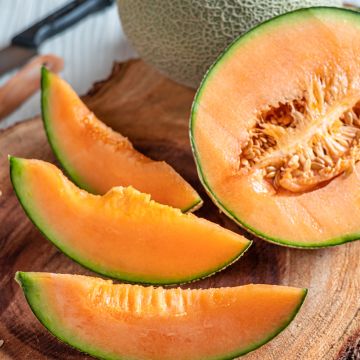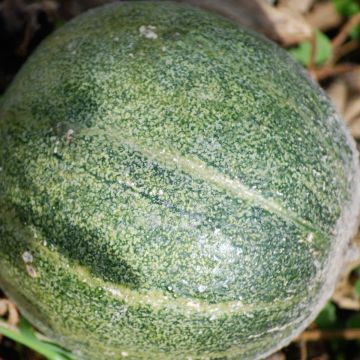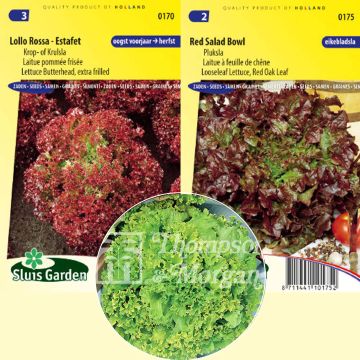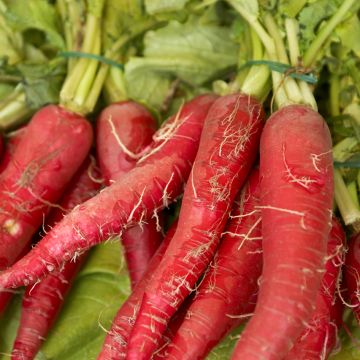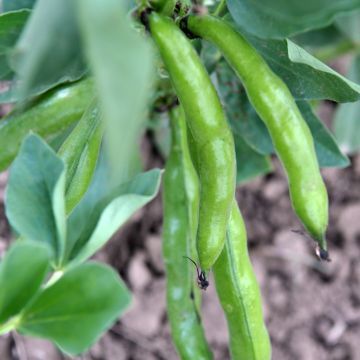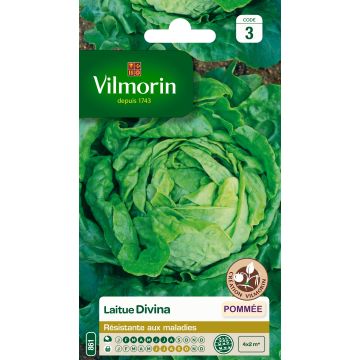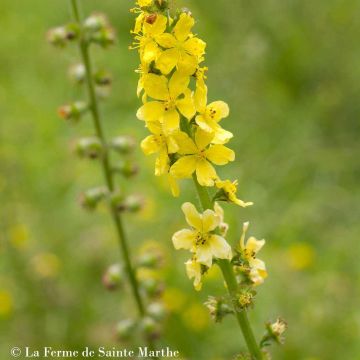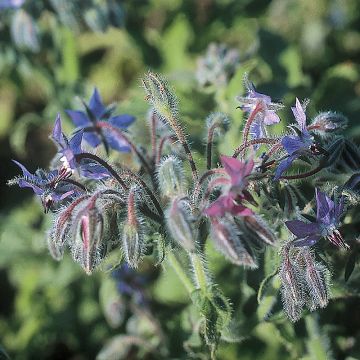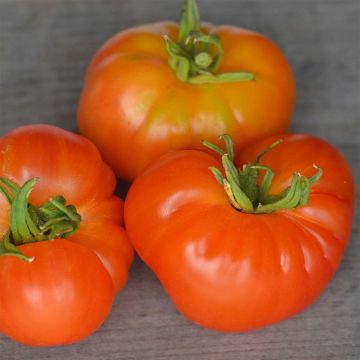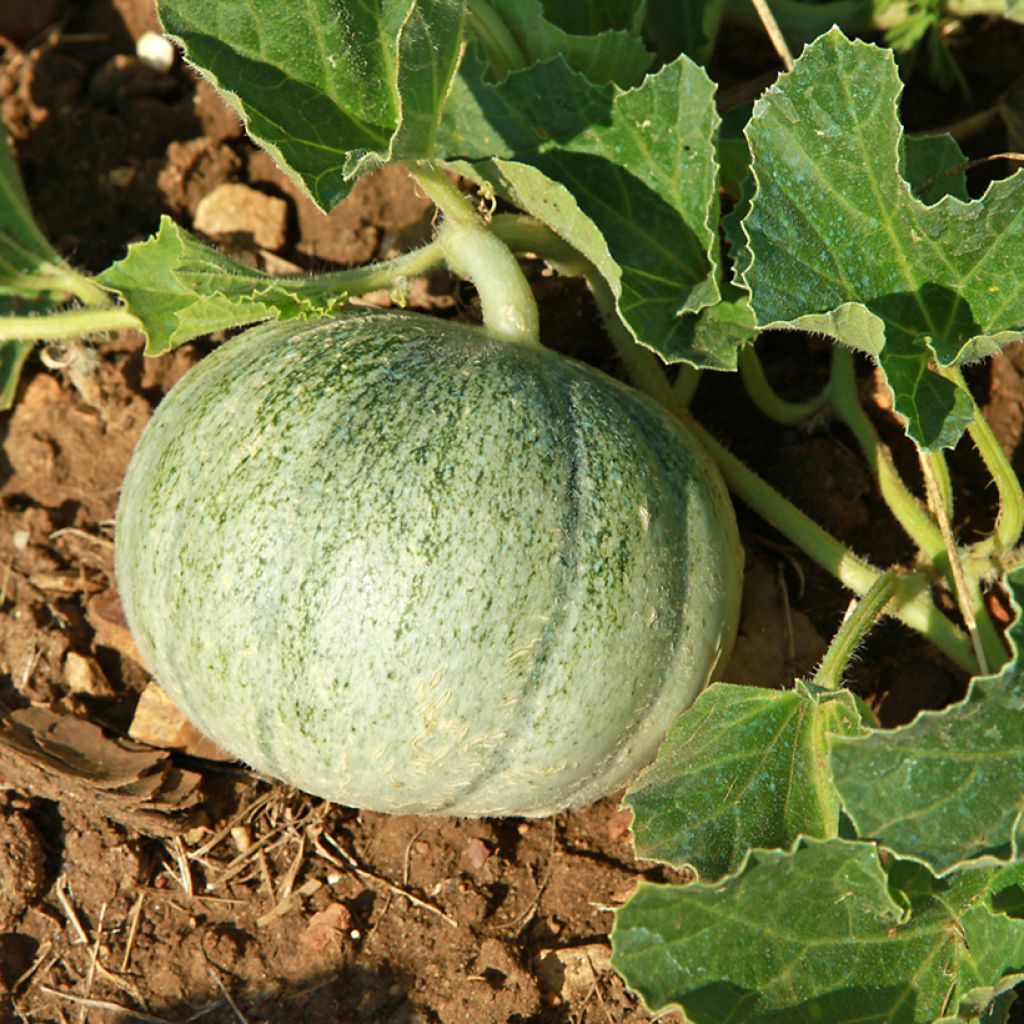

Melon Stellio F1 - Cucumis melo
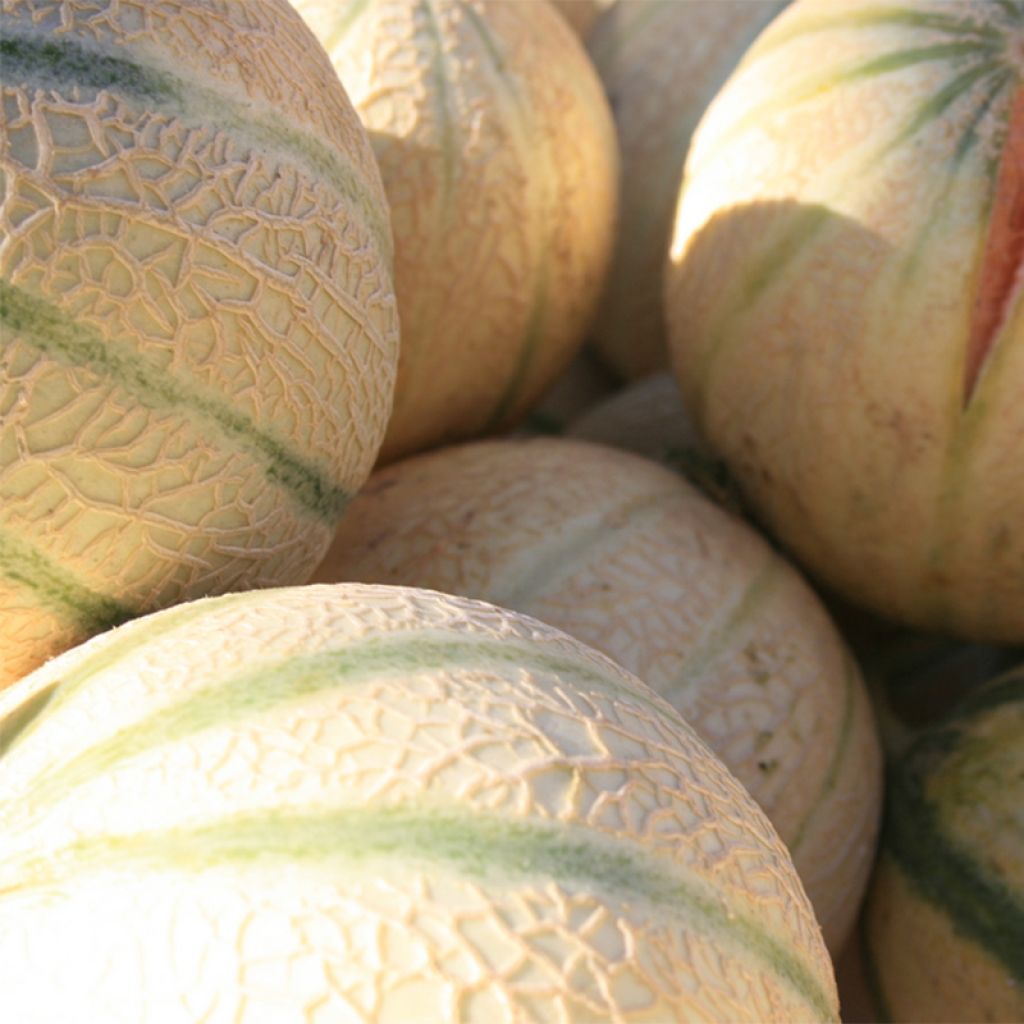

Melon Stellio F1 - Cucumis melo
Melon Stellio F1 - Cucumis melo
Cucumis melo Stellio F1
Muskmelon, Cantaloupe, Melon
Beautiful success under the greenhouse but I find them not very sweet... actually quite bland...
Marc, 23/09/2018
Special offer!
Receive a €20 voucher for any order over €90 (excluding delivery costs, credit notes, and plastic-free options)!
1- Add your favorite plants to your cart.
2- Once you have reached €90, confirm your order (you can even choose the delivery date!).
3- As soon as your order is shipped, you will receive an email containing your voucher code, valid for 3 months (90 days).
Your voucher is unique and can only be used once, for any order with a minimum value of €20, excluding delivery costs.
Can be combined with other current offers, non-divisible and non-refundable.
Home or relay delivery (depending on size and destination)
Schedule delivery date,
and select date in basket
This plant carries a 6 months recovery warranty
More information
We guarantee the quality of our plants for a full growing cycle, and will replace at our expense any plant that fails to recover under normal climatic and planting conditions.
Description
The 'Stellio' hybrid melon is a Charentais-type variety that does not require pruning. It is cultivated for its round fruits, weighing 1 kg, with orange flesh that is juicy and sweet. Sowing takes place in April-May for a harvest from June to September.
The melon is most likely native to Asia. However, tangible traces of it can be found in Egypt 5 centuries BC, and then in Greece and Rome where it was consumed immature, not very sweet, and seasoned with salt and pepper to enhance the taste. It was a dish for Popes and Aristocrats. In the 16th century, it began to be cultivated throughout the South of France. Gradually, it spread to the West of France to supply the court. Several species and numerous varieties emerged, as did various methods of preparing and cultivating melons.
The melon is a compact, round or oblong fruit with smooth, ribbed, or reticulated skin. The very watery flesh can be green, white, yellow, or orange, enclosing a central cavity filled with seeds. It is commonly consumed raw as an appetiser or sweet dessert but can also be used in sorbets, jams, compotes, or syrups. The small melons removed during thinning and various pruning can be pickled in vinegar with herbs. Melons are very hydrating, refreshing, and diuretic. They are known to be rich in trace elements and vitamins B and C in particular. Orange-fleshed varieties also contain vitamin A (the famous carotene!).
They are creeping annual herbaceous plants, with female flowers distinguished from male flowers by their inferior ovary (beneath the flower), resembling an embryo of fruit. They are located on secondary or tertiary branches of each plant and will form the fruit. Male flowers, on the other hand, always appear in the axils of the leaves on the main stem.
Harvesting: Four weeks are required between fruit formation and picking. The sweet smell emitted by the fruit and the stem on the verge of detaching indicates that it is time to harvest.
Storage: If unopened, the melon can easily be stored for several days (no more than five days) in a dry and well-ventilated place, such as on racks. You can freeze it if it has been opened or has suffered an impact. Remove the skin and central seeds before cutting them into pieces and moistening them with the juice of a lemon.
Gardener's tip: Place a slate slab or a tile under the fruit. It will no longer be in direct contact with the ground, thus preventing it from rotting due to moisture. Also, consider mulching around the plants, especially during the height of summer, as melon plants prefer cool soil.
Melons are very susceptible to powdery mildew (a fungal disease that leaves a white downy coating on the surface of the leaves). Be careful not to water the leaves or flowers. Melons are very demanding fruits belonging to the cucurbit family. Like all members of this family - cucumbers, watermelons, squash, etc. - they deplete the nutrients in the soil. Therefore, it is important not to cultivate this fruit vegetable in the same place or consecutively to avoid excessively depleting the soil.
Plant them with oregano; they complement each other well in the garden and on the plate.
Harvest
Plant habit
Foliage
Botanical data
Cucumis
melo
Stellio F1
Cucurbitaceae
Muskmelon, Cantaloupe, Melon
Mediterranean
Annual
Other Melon seeds
View all →Planting and care
Soil preparation: Melon plants thrive in fresh and well-drained soils. Prepare the soil by aerating it to about ten centimetres without turning it over. Melons require nutrient-rich soil and plenty of warmth for successful fruiting. To help them, dig a hole to accommodate the young plant and fill it with well-rotted manure or compost, which should be mixed with the soil to avoid burning the roots. The location should be very sunny; ideally, the soil should be sandy, well-drained, and slightly acidic in pH. If the soil is not well-drained, creating a small mound for each plant is possible.
Sowing under a cold frame: Melons can be grown in all vegetable gardens. However, it is often preferable to sow them in a warm bed under a greenhouse before transplanting them into open ground. From the end of March, fill your pots or trays with special seed compost and plant the melon seeds, pointed end down, to facilitate root development. Moisten the soil, which should remain moderately moist. The seeds usually germinate within 14 days. When the plants have three true leaves, you can transplant them into open ground. Make sure the soil is sufficiently warm beforehand. The temperature should be between 18 and 26 degrees (64.4 and 78.8°F) Celsius for optimal growth. Make sure to space each plant 80 cm (32in) apart in all directions.
Sowing in open ground: In warmer climates, it is possible to sow melon seeds directly into open ground. Make sure the soil is sufficiently warmed up beforehand. Then, sow two to three seeds in each hole, with the pointed end facing downwards. Repeat this process, spacing the seeds at least 80 cm (32in) apart in all directions. Moisten the soil, which should remain moderately moist. When the plants have three true leaves, keep the strongest one.
Seedlings
Care
Intended location
Planting & care advice
-
, onOrder confirmed
Reply from on Promesse de fleurs
Similar products
Haven't found what you were looking for?
Hardiness is the lowest winter temperature a plant can endure without suffering serious damage or even dying. However, hardiness is affected by location (a sheltered area, such as a patio), protection (winter cover) and soil type (hardiness is improved by well-drained soil).

Photo Sharing Terms & Conditions
In order to encourage gardeners to interact and share their experiences, Promesse de fleurs offers various media enabling content to be uploaded onto its Site - in particular via the ‘Photo sharing’ module.
The User agrees to refrain from:
- Posting any content that is illegal, prejudicial, insulting, racist, inciteful to hatred, revisionist, contrary to public decency, that infringes on privacy or on the privacy rights of third parties, in particular the publicity rights of persons and goods, intellectual property rights, or the right to privacy.
- Submitting content on behalf of a third party;
- Impersonate the identity of a third party and/or publish any personal information about a third party;
In general, the User undertakes to refrain from any unethical behaviour.
All Content (in particular text, comments, files, images, photos, videos, creative works, etc.), which may be subject to property or intellectual property rights, image or other private rights, shall remain the property of the User, subject to the limited rights granted by the terms of the licence granted by Promesse de fleurs as stated below. Users are at liberty to publish or not to publish such Content on the Site, notably via the ‘Photo Sharing’ facility, and accept that this Content shall be made public and freely accessible, notably on the Internet.
Users further acknowledge, undertake to have ,and guarantee that they hold all necessary rights and permissions to publish such material on the Site, in particular with regard to the legislation in force pertaining to any privacy, property, intellectual property, image, or contractual rights, or rights of any other nature. By publishing such Content on the Site, Users acknowledge accepting full liability as publishers of the Content within the meaning of the law, and grant Promesse de fleurs, free of charge, an inclusive, worldwide licence for the said Content for the entire duration of its publication, including all reproduction, representation, up/downloading, displaying, performing, transmission, and storage rights.
Users also grant permission for their name to be linked to the Content and accept that this link may not always be made available.
By engaging in posting material, Users consent to their Content becoming automatically accessible on the Internet, in particular on other sites and/or blogs and/or web pages of the Promesse de fleurs site, including in particular social pages and the Promesse de fleurs catalogue.
Users may secure the removal of entrusted content free of charge by issuing a simple request via our contact form.
The flowering period indicated on our website applies to countries and regions located in USDA zone 8 (France, the United Kingdom, Ireland, the Netherlands, etc.)
It will vary according to where you live:
- In zones 9 to 10 (Italy, Spain, Greece, etc.), flowering will occur about 2 to 4 weeks earlier.
- In zones 6 to 7 (Germany, Poland, Slovenia, and lower mountainous regions), flowering will be delayed by 2 to 3 weeks.
- In zone 5 (Central Europe, Scandinavia), blooming will be delayed by 3 to 5 weeks.
In temperate climates, pruning of spring-flowering shrubs (forsythia, spireas, etc.) should be done just after flowering.
Pruning of summer-flowering shrubs (Indian Lilac, Perovskia, etc.) can be done in winter or spring.
In cold regions as well as with frost-sensitive plants, avoid pruning too early when severe frosts may still occur.
The planting period indicated on our website applies to countries and regions located in USDA zone 8 (France, United Kingdom, Ireland, Netherlands).
It will vary according to where you live:
- In Mediterranean zones (Marseille, Madrid, Milan, etc.), autumn and winter are the best planting periods.
- In continental zones (Strasbourg, Munich, Vienna, etc.), delay planting by 2 to 3 weeks in spring and bring it forward by 2 to 4 weeks in autumn.
- In mountainous regions (the Alps, Pyrenees, Carpathians, etc.), it is best to plant in late spring (May-June) or late summer (August-September).
The harvesting period indicated on our website applies to countries and regions in USDA zone 8 (France, England, Ireland, the Netherlands).
In colder areas (Scandinavia, Poland, Austria...) fruit and vegetable harvests are likely to be delayed by 3-4 weeks.
In warmer areas (Italy, Spain, Greece, etc.), harvesting will probably take place earlier, depending on weather conditions.
The sowing periods indicated on our website apply to countries and regions within USDA Zone 8 (France, UK, Ireland, Netherlands).
In colder areas (Scandinavia, Poland, Austria...), delay any outdoor sowing by 3-4 weeks, or sow under glass.
In warmer climes (Italy, Spain, Greece, etc.), bring outdoor sowing forward by a few weeks.






























